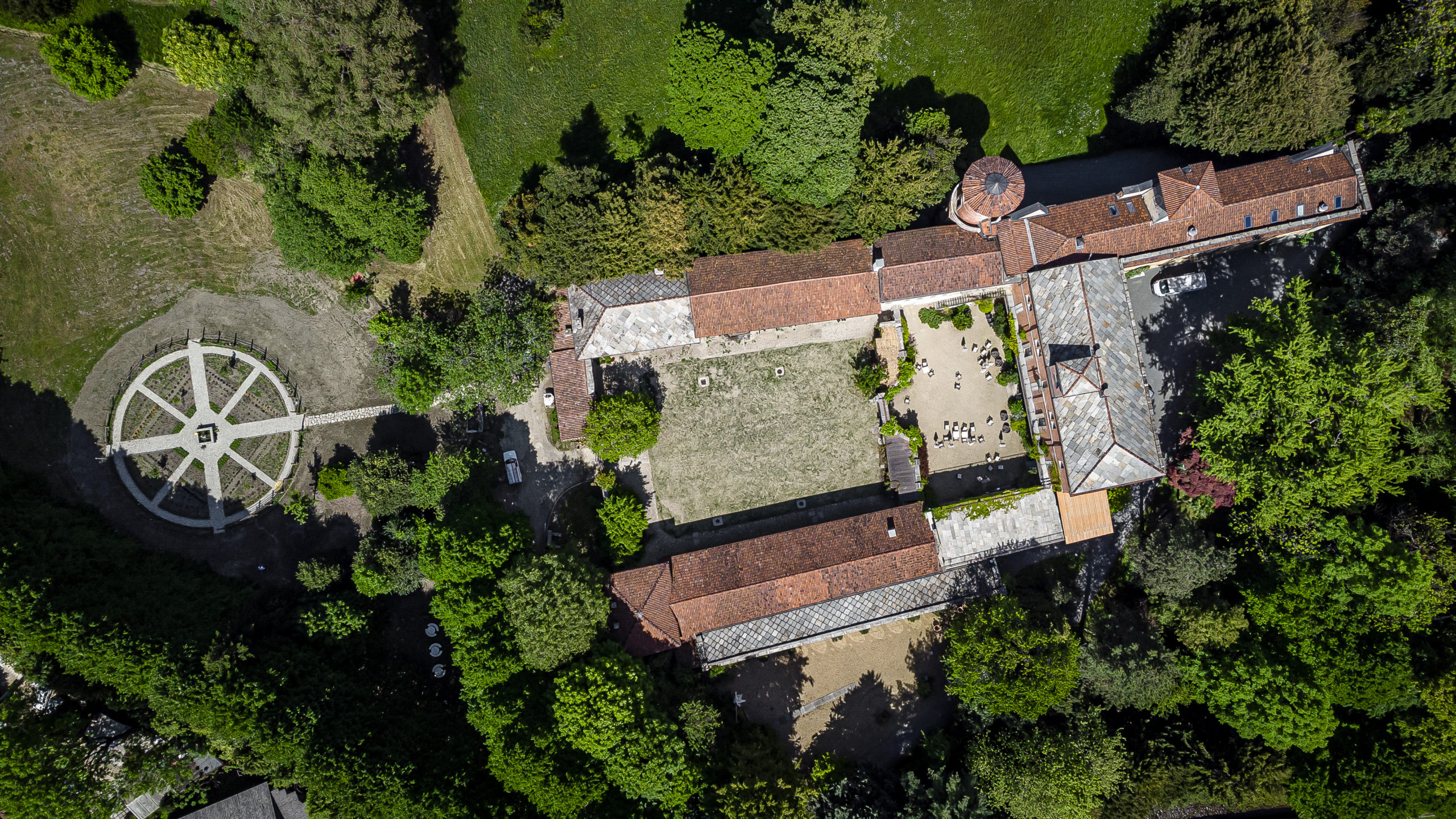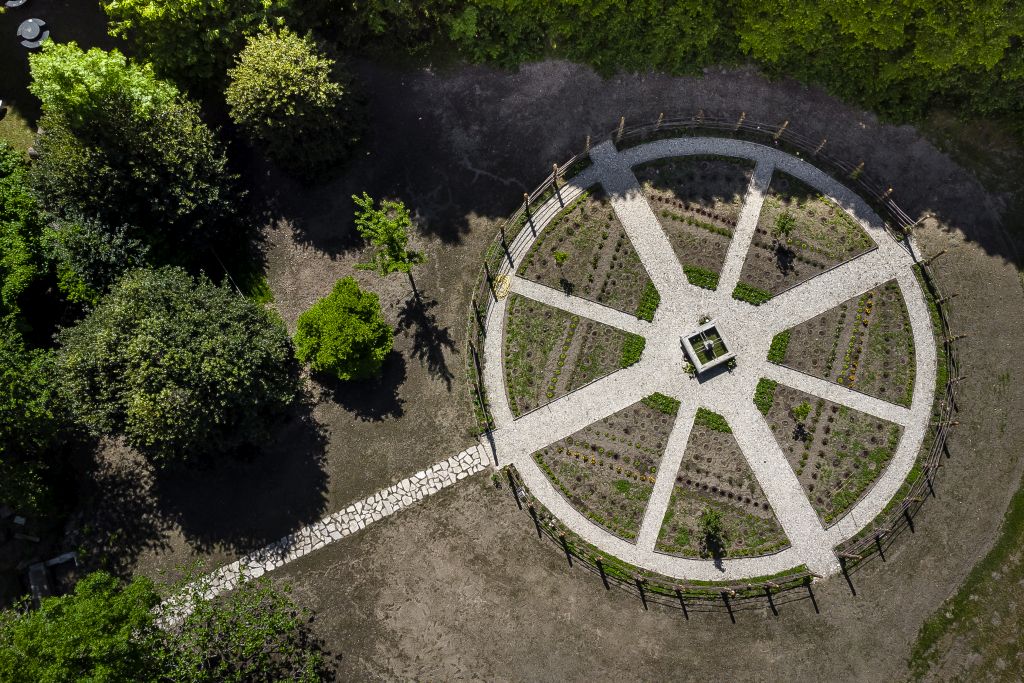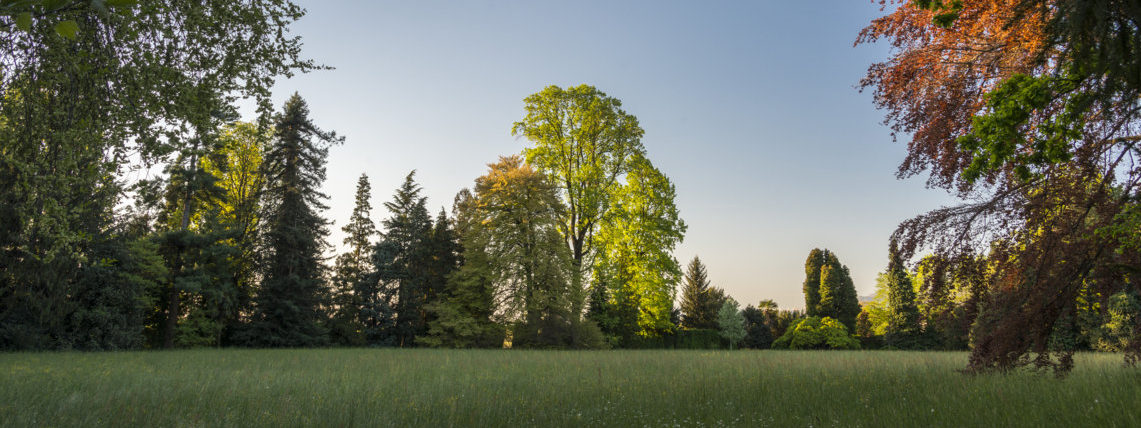Miradolo Park is in a natural context which is in continuous transformation, but at the same time preserves its historical identity.
After understanding the very precarious condition of conservation and health of the tree specimens, systematic cleaning was carried out, including the removal of brambles, dead or fallen trees. Following, the reconstruction of the columns, gates and the surrounding wall of the property, the whole area was brought to safety and stabilised and health checks were carried out on the larger trees.
Together with maintenance and conservation operations, analysis of the entire tree population began, following which, alongside the constant care of the historical specimens, a project was started to re-insert the historical plant species that were already present as well as those which were no longer present but whose presence had been confirmed thanks to historical documents.
The shrubs and large trees that have been planted since 2014 have been inspired by philological and ecological-landscape principles, with the use of native species, as well as being in line with the tendency towards arboreal collecting typical of past eras.
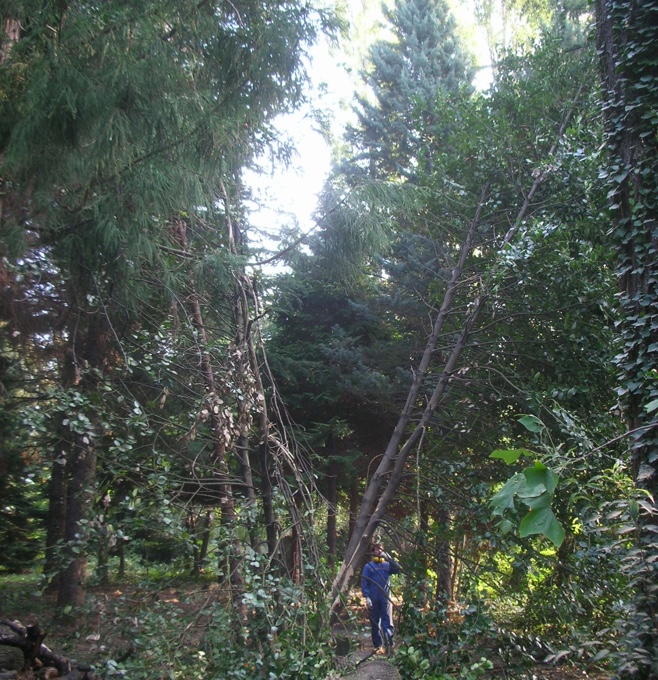
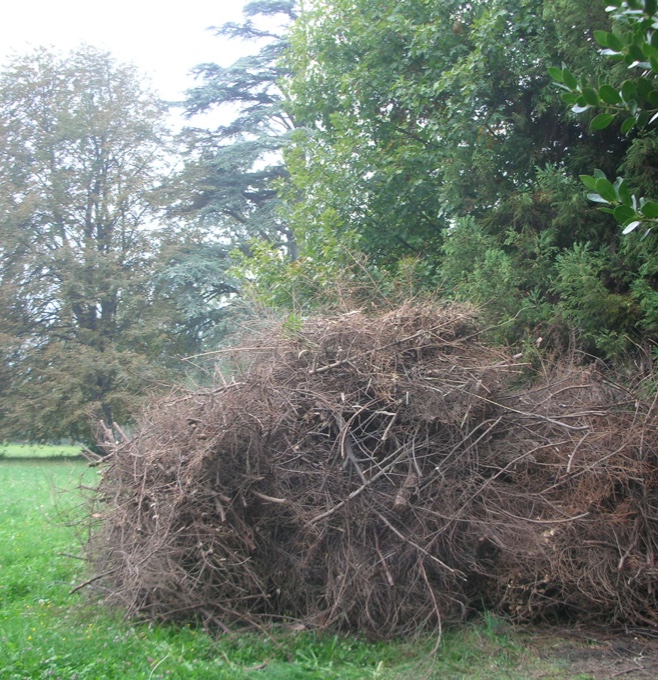
Having rediscovered its ancient splendour, it is time for both the young and the old to rediscover the park.
A trail of botanical plaques and the division of green spaces into thematic areas gives the public information and suggests attention to detail. The Park is a space which is open to everyone, with benches to rest on or from which to enjoy the silence of nature. There are paths dedicated to visitors with disabilities and unique, inspiring views.
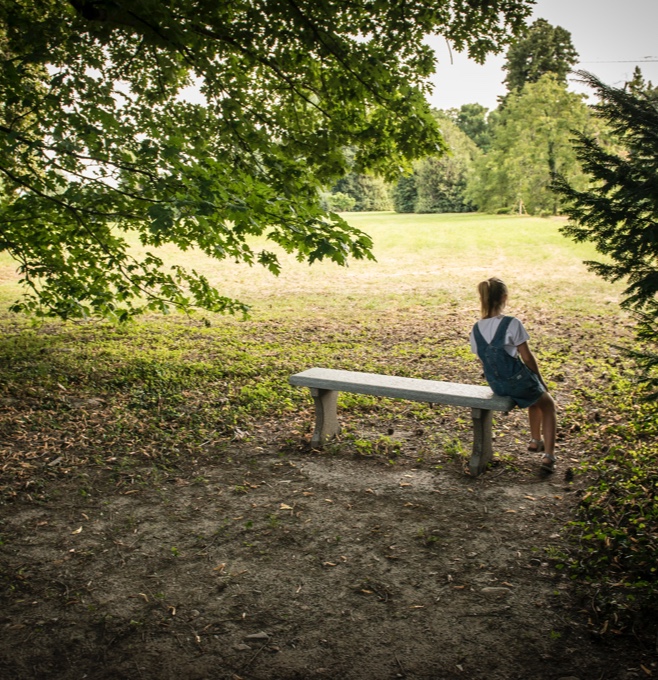
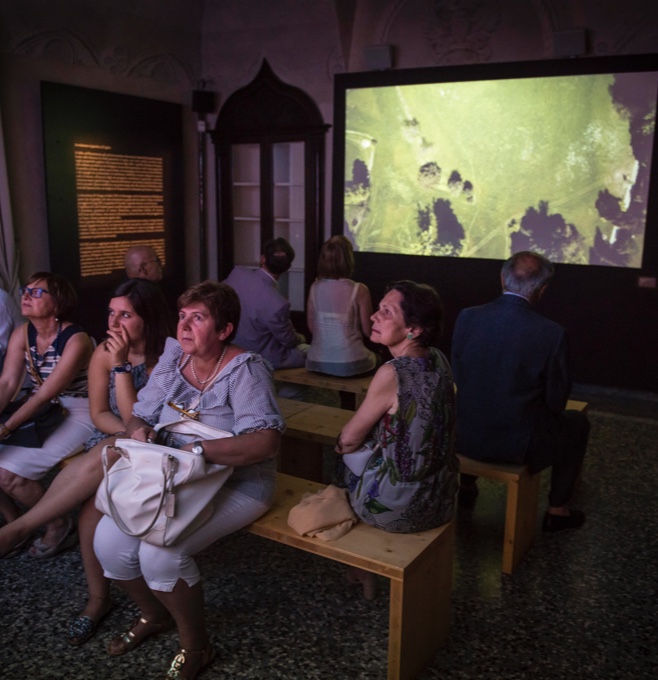
Since 2007 the Cosso Foundation alone has been exclusively involved in the renovation, maintenance and enhancement of the Park, from cleaning and making it safe, to taking care of sick specimens, up to all the activities undertaken in order to let people know about the naturalistic heritage of this site through guided tours, workshops for schools of all levels and initiatives for families.
The hard work carried out over the last 10 years, led to the Invito al Parco – Invite to the Park enhancement project in 2017 which, thanks also to the contribution of the Compagnia di San Paolo Foundation, promoted the Park and the knowledge of nature, in all 4 seasons.
In 2019 the Invito al Parco – Il Camelieto – Invite to the Park – the Camellias project was born, which deepens the visitor’s experience while immersed in natural surroundings.
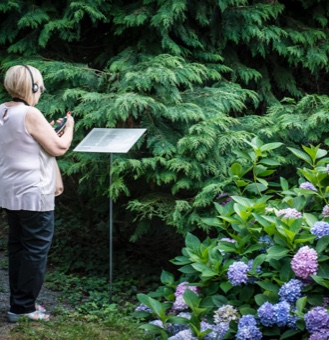
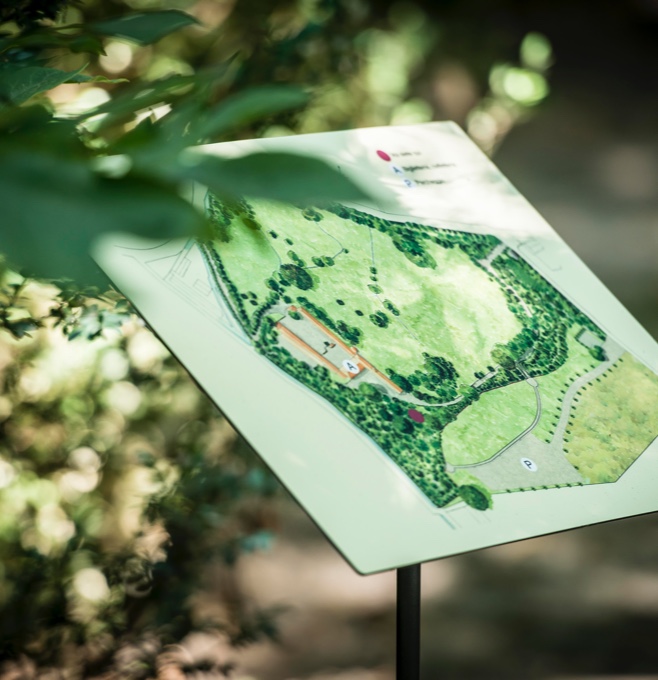
In 2019 the Cosso Foundation launched new extraordinary operations in the Park, including the project presented by the Town Hall in San Secondo di Pinerolo to GAL Escartons and Valli Valdesi, for the 2014-2020 local development plan “EVVAI Escartons Valli Valdesi Intelligent Action Tourism, altruisms, highly sustainable networks “.
The objective of these operations is to continue the work of protecting the Park by monitoring, pruning and caring for the larger trees, also in light of the inclusion of 5 trees in the national list of monumental trees by the Piedmont Region.
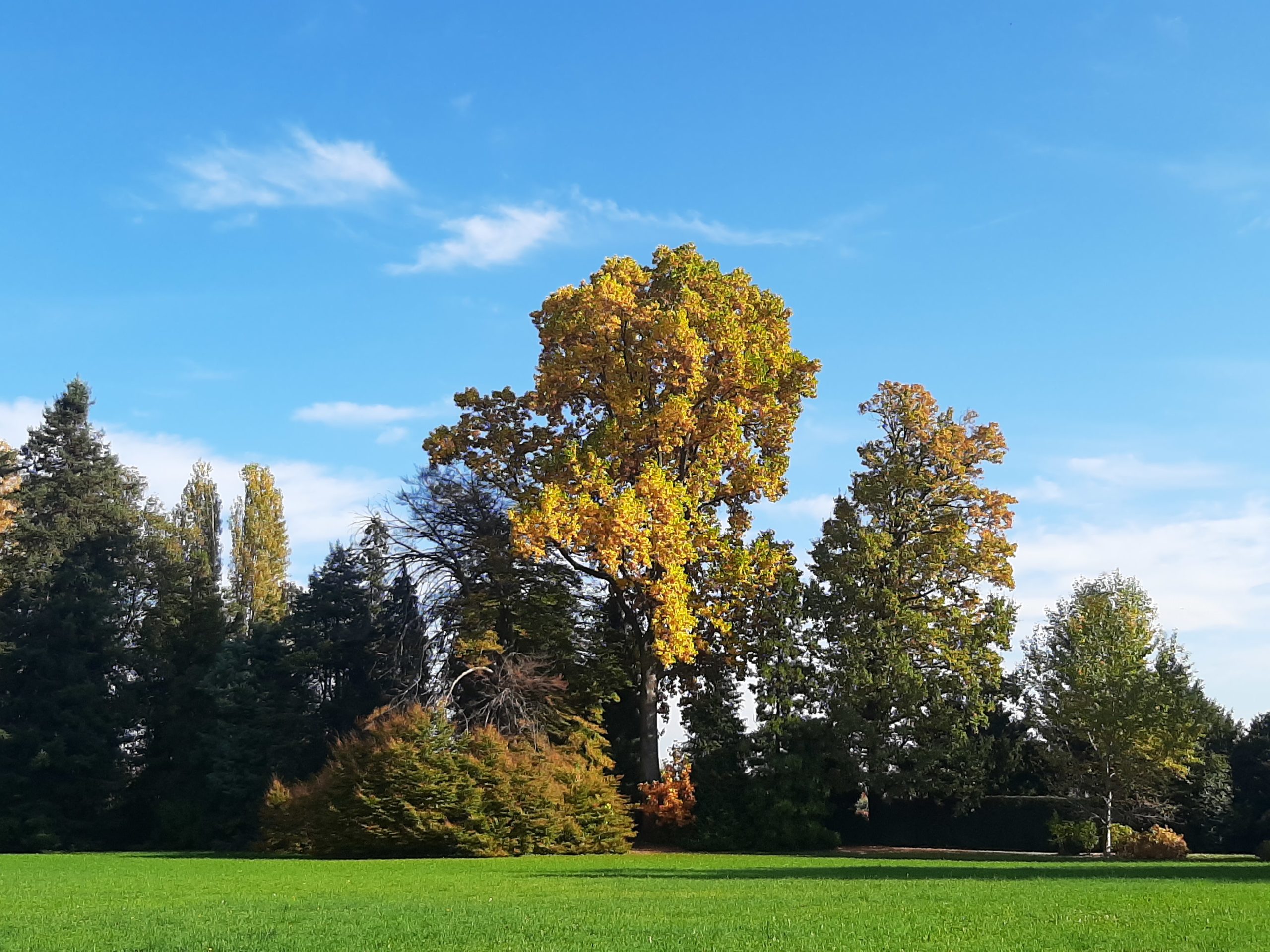
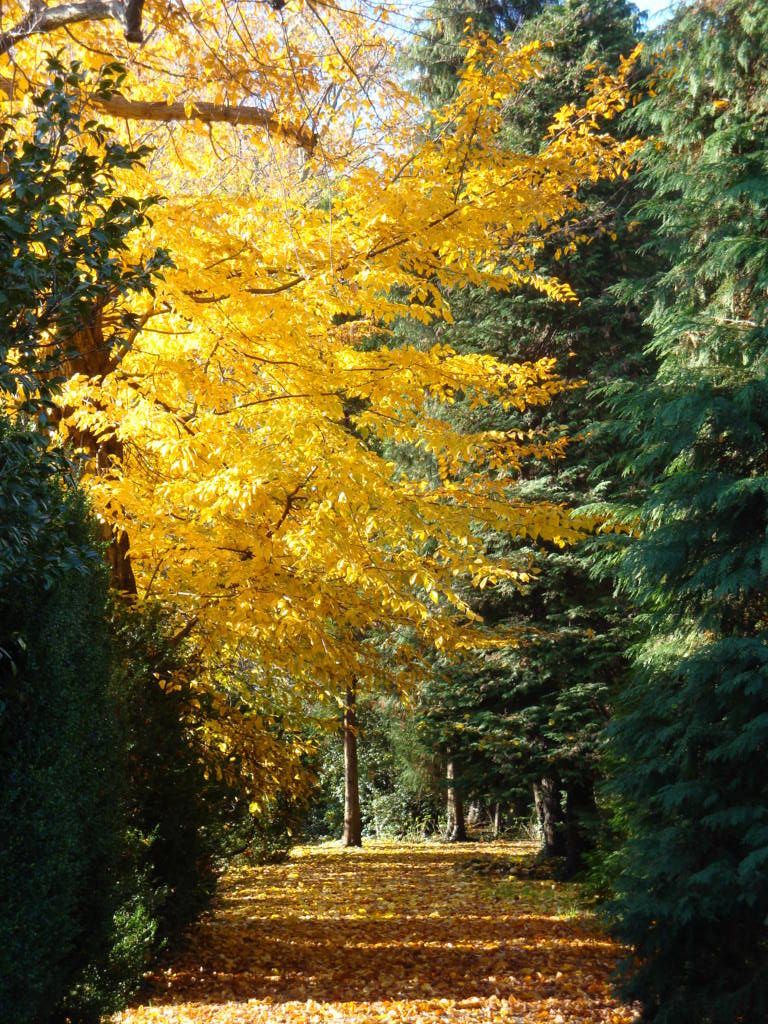
The vegetable garden in Miradolo Castle was reborn in 2021 thanks to the Cosso Foundation, and the vision of Paola Eynard, who found a precious accomplice in the architect Paolo Pejrone who was also the perfect interpreter to return this place to the poetry of a past time and vocation.
The vegetable garden in Miradolo Castle has a circular shape and is harmonious, closed and protected.
It overlooks the rustic courtyard and completes its original agricultural vocation together with a stable, barn, oven, chicken coop and wash house. It develops around the central axis that crosses the entrance to the ancient farmhouse, the farmyard and the Palace, up to the round turret.
Research in the archives has revealed that in the seventeenth century there was already a “cassina” of Miradolo, which had large area of land, vineyards and orchards and was owned by the Macello family, then by Massel di Caresana, around which the “palace” and the “Garden” of Miradolo grew between the eighteenth and nineteenth centuries.
The materials with which the garden is made were almost entirely found in the Castle and scattered throughout the Park, and they have therefore been a guide to building choices.
